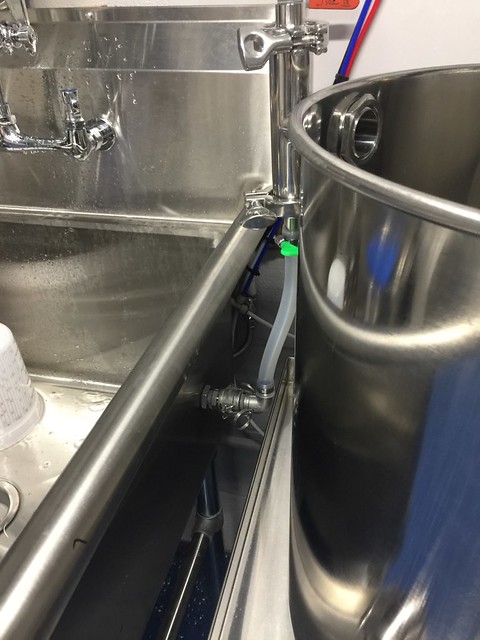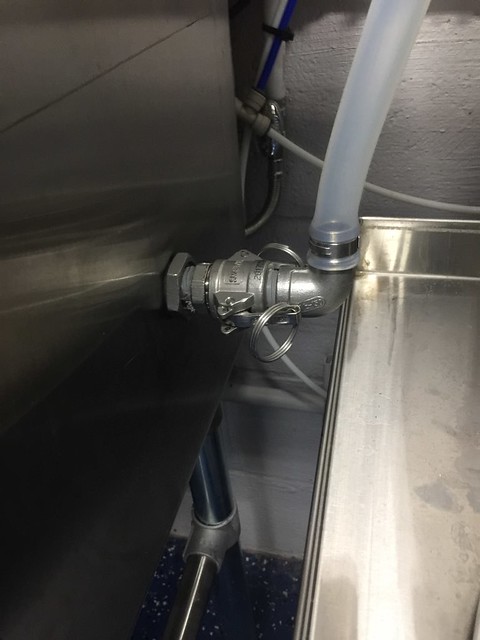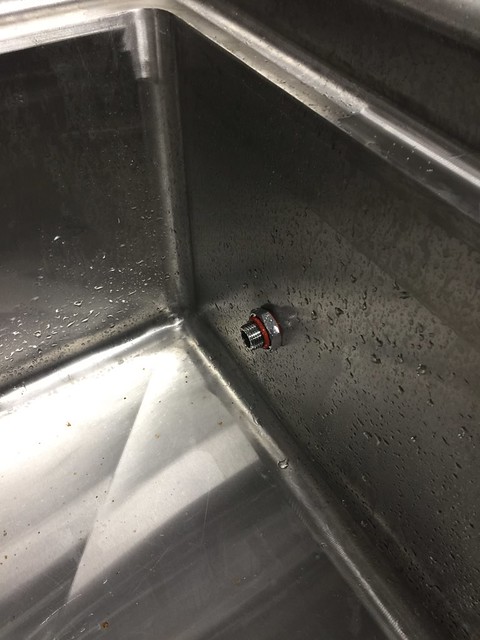fragged
Well-Known Member
When I was poking around last night, I'd only found either a tee with equal lengths like you guys have or a rims tube like brewers hardware or brewhardware has, but those only had 1/2 inlets (bumped at the connection end to 1.5 TC). I was curious about his as it had all 1.5 inch with an offset tee.Two comments:
1. There may be a big difference between 6 and 9 gosh sprayers. When I did the math, the calculations yielded a need for approx 7 gph. But that assumed that the boil-off rate would remain the same. It is not because the contained heat requires the power to be brought down and reduces the boil-off rate. So 6 is probably the right number for a typical 15-20 gal boil kettle powered by a 5500W element.
2. The RIMs tube shown is from a typical kit that some vendors like Brewers Hardware sell.
Turns out though the body on that one is only about 8", making it not well suited to use as dual duty since the ULWD TC flange elements are 9 inches. Better to just use the normal tee with a spool to get the extra body length, or maybe another tee for a "side in/side out" configuration with an RTD probe in the top cap.
Or use the same NPT temp probe set up I mentioned before but move it to the side. Basically my approach is to try to create RIMS and condense out of the same basic parts. As it sits, I've got it in my head to where just the top and bottom caps(bottom containing element) need to be swapped, along with removing the side to attach to kettle when ready to boil.


























































![Craft A Brew - Safale BE-256 Yeast - Fermentis - Belgian Ale Dry Yeast - For Belgian & Strong Ales - Ingredients for Home Brewing - Beer Making Supplies - [3 Pack]](https://m.media-amazon.com/images/I/51bcKEwQmWL._SL500_.jpg)





